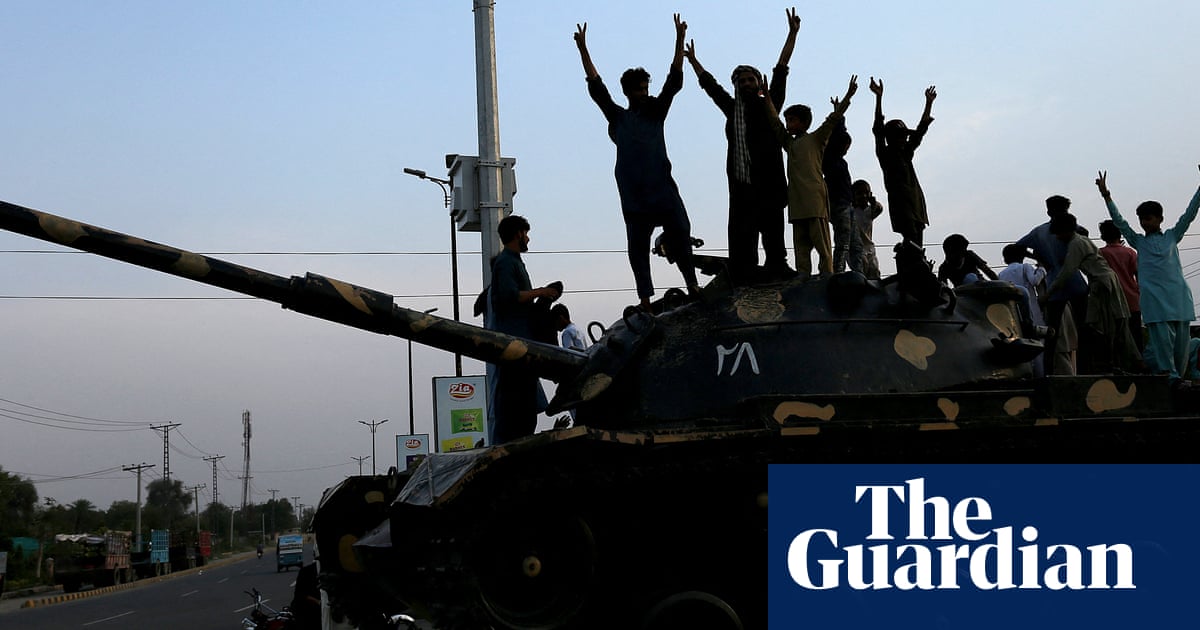India and Pakistan Agree to US-Mediated Ceasefire Amid Rising Tensions

In a significant development aimed at reducing escalating hostilities, India and Pakistan have reached a U.S.-mediated ceasefire agreement effective immediately. This resolution comes in the wake of intense clashes between the two nuclear-armed nations, which had raised alarming prospects of a broader military conflict in the region.
The announcement of the ceasefire was first made by U.S. President Donald Trump on Saturday afternoon, following 48 hours of intensive diplomatic efforts involving senior officials from both countries. Notably, U.S. Secretary of State Marco Rubio and Vice President JD Vance played pivotal roles in brokering the agreement.
In a post shared on his Truth Social platform, Trump expressed his satisfaction: “After a long night of talks mediated by the United States, I am pleased to announce that India and Pakistan have agreed to a FULL AND IMMEDIATE CEASEFIRE. Congratulations to both Countries on using Common Sense and Great Intelligence. Thank you for your attention to this matter!”
The ceasefire was subsequently affirmed by Pakistani Deputy Prime Minister and Foreign Minister Ishaq Dar, who stated that the ceasefire would commence “with immediate effect.” This confirmation marked a crucial step toward de-escalation, particularly in light of the previous week’s violence that had resulted in numerous casualties.
Indian Foreign Secretary Vikram Misri also confirmed discussions between the military leaders from both nations that had taken place on Saturday afternoon. He noted, “It was agreed between them that both sides would stop all firing and military action on land, in the air, and at sea. Instructions have been given on both sides to implement this understanding.” To maintain communication, top military officials are scheduled to reconvene on May 12.
Rubio highlighted the importance of the agreement, stating that it resulted from extensive negotiations with the Indian Prime Minister Narendra Modi and Pakistani Prime Minister Shehbaz Sharif, along with other senior officials. He commended the leaders for their prudence in choosing the path of peace, asserting, “I am pleased to announce the governments of India and Pakistan have agreed to an immediate ceasefire and to start talks on a broad set of issues at a neutral site.”
Following the announcement, celebrations erupted across both nations, particularly in the Kashmir region, which has been a flashpoint of conflict for decades. Local residents in Kashmir reacted with joy, especially in areas heavily affected by recent violence. In Uri, one of the towns most impacted by the recent clashes, local resident Tanveer Chalko shared the mood, saying, “When news of the ceasefire broke, displaced families in camps began dancing with joy. This is a great step towards peace and the welfare of the people.” He expressed hope that families can now return to their homes.
However, not all reactions were entirely positive. Lal Din, a resident of Poonch in Indian-administered Kashmir, reflected on the harsh realities of the recent conflicts, stating that he felt the news was bittersweet. Having lost family members and his home to the violence, he voiced skepticism about the longevity of the ceasefire, remarking, “We’ve been here before – temporary ceasefires brokered by global powers. But until India and Pakistan seriously settle their disputes, we must brace for even greater conflicts.”
Historically, the United States has served as a mediator during periods of heightened tensions between India and Pakistan. The proactive involvement of the Trump administration represents a significant shift from the previous stance taken by Vance, who, just days prior, remarked that U.S. intervention was “none of our business.”
Both nations viewed the ceasefire as a chance to claim victory in the ongoing conflict. Indian Foreign Minister Subrahmanyam Jaishankar emphasized India's steadfast position against terrorism, while Pakistani Senator Sherry Rehman praised her country’s civil and military leadership for handling the crisis with dignity and professionalism.
The ceasefire follows a week of escalating military actions, during which both nations accused each other of launching missile strikes against military targets. On Wednesday, Indian strikes hit nine locations in Pakistan, resulting in the deaths of 31 people. India asserted these strikes were a direct response to a previous attack in Kashmir that claimed the lives of 25 Hindu tourists and their guide, acts that were attributed to militants backed by Pakistan.
The situation further deteriorated with India alleging that Pakistan had conducted two nights of drone attacks targeting cities and military bases in northern India. In retaliation, India claimed to have executed drone strikes on Pakistan, focusing on military defense infrastructure. Tensions escalated when India accused Pakistan of launching missile strikes on major airbases.
Indian Army spokesperson Colonel Sofiya Qureshi outlined the situation, accusing Pakistan of attacking 26 sites in India, including significant military installations and civilian infrastructure. He noted that while the Indian armed forces managed to neutralize several threats, damage was still incurred at various airbases.
From Pakistan’s perspective, military spokesperson General Ahmed Sharif Chaudhry presented an alternative narrative, asserting that India initiated the attacks first. He claimed that most of India's missiles were intercepted, enabling Pakistan to commence a counterattack named Operation Bunyan Ul Marsoos.
Despite these exchanges of fire, both nations expressed a commitment to de-escalation, provided the other side reciprocated. The U.S.-brokered ceasefire has thus alleviated immediate fears of a spiraling conflict, drawing attention from the international community, including a call for restraint from the G7 earlier in the day.



























